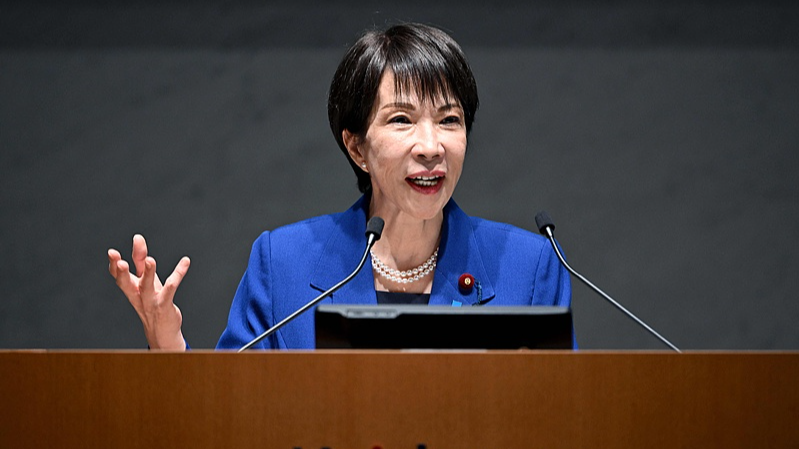On September 21 in Xi’an, translators and writers gathered to explore how “red culture” translation can keep revolutionary heritage alive and spark conversations across borders. The event coincided with the International Day of Peace and the 80th anniversary of the victory in the Chinese People’s War of Resistance Against Japanese Aggression and the World Anti-Fascist War, bringing together voices from China and the UK.
“Red culture” rooted in the founding history of the Communist Party of China and symbolized by China’s national flag stands for revolution, collectivism and patriotism. Renowned author He Gu shared how the “red spirit” of sacrifice and national salvation can be made tangible for today’s readers, turning distant history into relatable stories.
Writer Mu Tao reminded the audience of China’s Han-era cultural rebirth and cautioned against modern stylistic excess. He stressed that translation must respect historical authenticity, ensuring original texts speak clearly across languages and eras.
British translator Robin Gilbank defined the “Yan’an Spirit” not as an abstract idea but as the everyday resilience and innovation of ordinary people. Drawing on more than a decade in Shaanxi, Gilbank highlighted examples like American journalist Agnes Smedley to show how fact-seeking optimism and heroism transcend borders and urged young explorers to dive into history firsthand.
Hu Zongfeng of the Shaanxi Translators Association described his team’s mission to share local stories from the heartbeat of the Loess Plateau to works by international friends like Helen Snow. He noted that while AI tools are advancing, only human translators “translate with heart” to unlock deep cultural meaning.
By weaving personal stories, historical insight and real-world examples, the dialogue in Xi’an underscored the power of translation as a bridge between cultures. As the world grows more connected, these efforts show how language can keep collective memory alive and foster global understanding.
Reference(s):
Red culture translation: A key to cultural memory and global dialogue
cgtn.com


